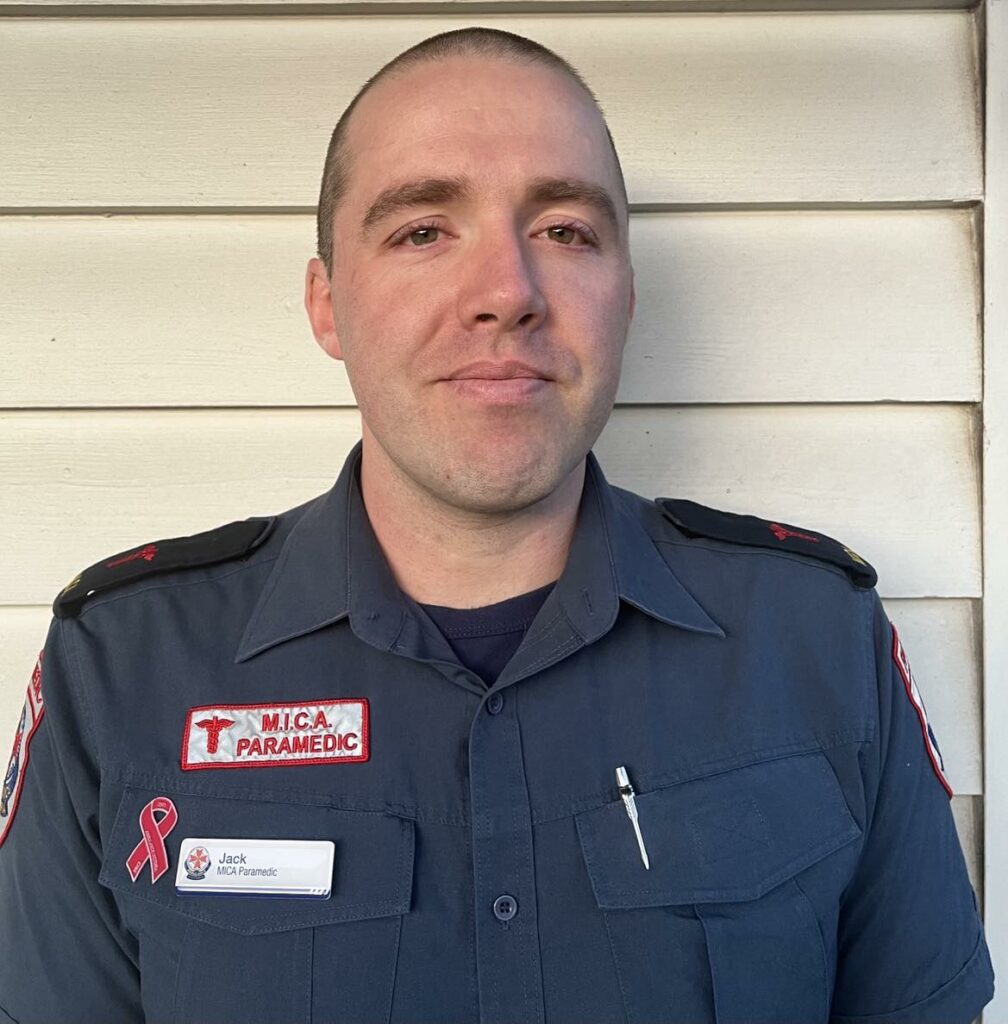Podcast: Play in new window | Download
Subscribe: Apple Podcasts | Spotify | Android | Pandora | iHeartRadio | TuneIn | RSS

We discuss the principles and application of automatic tube compensation (ATC) on modern ventilators, with its creator Ben Fabry. Dr. Fabry is a professor and chair of biophysics at University of Erlangen-Nuremberg, originally trained as an electrical engineer, who originally developed ATC as part of his PhD program.
Takeaway lessons
- ATC, originally called “electronic extubation,” is meant to normalize or eliminate the resistance to flow created by the endotracheal tube. Since this resistance is always present, yet is dynamic and varies by flow (and tube size), it creates a continuous confounding variable, making the displayed pressure on the ventilator a measurement not of tracheal pressure, but of another, largely meaningless pressure (the pressure outside the patient).
- ATC works by increasing airway pressure during spontaneous inspiration to eliminate the pressure gradient created by the tube at the current flow, and reducing it during expiration to reverse the effect.
- While ATC can be used in any mode, it is mostly meant for pressure support or other spontaneous modes. It has no real role in volume control. In pressure control, it has little meaningful impact during inspiration, although it will reduce the airway pressure below the set PEEP during expiration, which may help facilitate expiration.
- The original ATC test ventilator could drop pressure below atmospheric pressure during expiration, but this feature is not possible on modern ventilators, so the lowest possible pressure during ATC is zero (probably not quite even, that due to expiratory valve resistance). Some modern vents will not drop pressure during expiration at all.
- In principal, actual tracheal pressure could be measured by a separate monitoring lumen. In practice, this is dangerous, as the lumen could be occluded by mucus, so the resistance constant is instead applied mathematically. The modifiers were derived empirically by testing a variety of tubes at different flow rates.
- ATC will generally ask for the tube size. Length has some effect but a fairly trivial one, as resistance is mostly influenced by turbulence, which is mainly a product of diameter. Resistance is not a constant, but increases with (roughly) the square of the flow of gas.
- A swivel connector on the ETT outlet adds about 1 cm H2O of resistance. An HME adds about 3 cm H2O.
- Changes in gas composition at different FiO2 changes resistance trivially, although a mix like Heliox would change it significantly, and would make the internal calculations incorrect.
- No fixed single pressure support value can accurately match tube resistance, due to its dynamic nature during and between breaths, even if you were willing to set the sort of pressure needed—which might be 50+ cm H2O in a strongly breathing patient.
- The main downside of ATC is that modern ventilators don’t do it very well—they can only vary flow so quickly, so when there are brisk changes in pressure, they fail to match it. They usually can match only about 50% of tube resistance, with the worst at the start of a breath as they lag behind the initial drop in pressure. (You can appreciate this by seeing the airway pressure drop below the set PEEP.) Response is even less in some of the current generation of vents with radial blowers and slower valves
- Quality check your ATC by watching the tracheal pressure—the vent will display this as a second pressure tracing. It should remain positive above the set PEEP for the whole breath. (The airway pressure should also remain positive, but the tracheal pressure will be a more sensitive marker.) If it becomes negative or drops to the PEEP at any point during inspiration, it implies a failure to fully support the patient. This problem can occur during vigorous spontaneous breathing in any mode, since it’s driven mostly by slow ventilator response; it is just compounded by ATC, because not only does flow have to vary to meet a set pressure, but the set pressure is varying during the breath too. The best way to solve this problem is probably better machines, with faster valves, and maybe situating them closer to the patient (shorter circuits) to speed up responsiveness.
- When ATC fails to fully support, you can try adding PSV with a very fast rise time, but this is a bludgeon; the best mode is probably flow-proportional assist ventilation with ATC. PAV allows controlling not just tracheal pressure to a constant value, but alveolar pressure; it will further boost the pressure to try and maintain constant alveolar pressure during inspiration. Increase proportional assist until the tracheal pressure no longer drops below the PEEP. (You could achieve a similar effect by “lying” to your ATC and setting a smaller tube size, which will also increase the initial amount of support; but this is less precise and maybe less safe.) PAV plus ATC may be the ideal mode for patients spontaneously breathing without severe lung disease.
- PAV could be used, by the way, in a patient with bronchospasm (or similar increase in airway resistance from physiologic factors), as it allows you to compensate for any amount of airway resistance you wish. However, it will only do this during inspiration, and will not drop pressure below the PEEP during expiration (i.e. to reduce autoPEEP and aid exhalation). This probably wouldn’t help them exhale anyway, since the resistance is in the lungs, not in the vent.
- PSV in a weaker patient tends to mask some of their true spontaneous breathing patterns. ATC may unmask these, showing some odd patterns, such as very shallow or rapid breaths. This is not dyssynchrony; it is the true physiologic pattern that was merely being hidden in a less supportive mode. It is also not tiring, at least if the ATC is working correctly and you’re offering adequate support, because they are not experiencing resistance to breathing.
- If present, a Cheyne Stokes pattern of breathing may also become amplified by the “signal boosting” properties of ATC, rather than being damped by inadequate support. If this results in phenomena like very long apneic pauses, it may (perhaps) be a problem.









